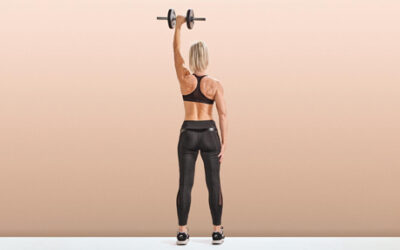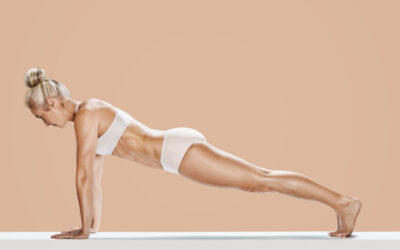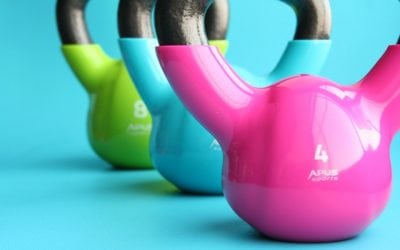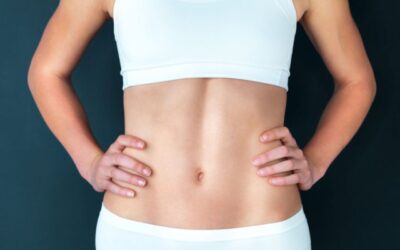Movement is something we, as humans, can’t do without. Whether you’re the kind of person who opts for a walk over a HIIT class, or prefers a weights session over an outdoor cycle, movement is a given. I’ve made my home in gyms since I was twenty-one and freshly retired as a professional ballet dancer. I love working out, and tend to incorporate activity on most days. I understand, though, that not everyone feels this way (a current client reminds me of this constantly; she trains with me on sheer willpower and is very clear she can’t stand a single moment of the “torture”). For those who hate to exercise, take heart – you may not need to. If you’re like me in loving the feeling I get from exercise, it’s good to know the benefits are massive. But there are also advantages to simply moving.
The importance of movement
Moving on a regular basis is the key to good mental and physical health. Finding ways to be more active throughout your day would help mitigate a lot of the damage caused by sedentary jobs (and living), even if these ways seem fairly low intensity to you. What matters most is the general trend of your day. While exercise is a more formal aspect of physical activity, movement is quite simply about moving the body in no specific or defined way and tends to be something we do naturally through our day. It has some surprising benefits.
The action of standing up increases the force of gravity on the body, and this is key to counteracting the cellular degeneration that occurs when sitting for prolonged periods. When we’re standing, we force the heart and circulatory systems to work harder to maintain normal blood pressure. Sitting reduces this workload, leading to potential de-conditioning of these same systems. In fact, a 2015 study showed that sitting for prolonged periods increases the risk of serious illness and death, even among people who exercise regularly (1).
The issue seems to be less about how long you sit for and more about how many times you interrupt the sitting (in other words, it’s the change in posture that offers the benefit) (2). In addition, a 2014 study showed that alternating between standing and sitting in thirty-minute bouts improved post-meal blood glucose responses by 11.1% in overweight/obese office workers (3). The implications are great for those who don’t like exercising or don’t have time for it.
Movement at your desk
If your tendency is to sit for most of your day, you could get a sit-stand desk. These are designed to allow you to lower the desktop when you get tired and raise it back up when rested. Even a large upside-down cardboard box cut to the correct height to allow your elbows to be bent to 90 degrees when standing would do. Sit uninterrupted for long enough (around six hours or more) and you won’t be able to undo the negative health consequences even with a standard hour-long gym session.
It would be better to either stand for one to two minutes every half hour or alternate between standing and sitting. (By the way, standing for long periods without interruption is equally unadvisable. Regular movement is what you want.) I used to have a lovely large wooden unit in my office that wasn’t intended as a desk but which was exactly the right height for me to use while standing. I kept an old-school bar stool on hand to pop my butt onto when I got tired. It was sufficiently uncomfortable that I couldn’t spend too long on it, so I found myself hopping on and off through the day with a perfect balance of sitting, standing and movement.
Activate fat
Here’s another useful nugget: getting up onto your feet from a seated position activates lipoprotein lipase (LPL), an enzyme that carries fat from your bloodstream to your muscles for use as fuel. The opposite is true too – sitting inactivates LPL. So more getting up to stand means more fat being transported to your muscle cells for use (4). In addition, you could take a stroll after lunch since easy walking (or any movement considered relatively low-key) for around half an hour after eating a meal reduces your concentration of fat in the blood.
There are other things you could do to involve more movement in your everyday life. You could walk during your lunch time; get up to talk to a colleague on another floor instead of using email/phone; take the stairs instead of a lift; take an evening stroll after dinner; walk to a further station/bus stop if on public transport; and/or park as far away from your journey end as possible.
In addition, you could attempt to consistently practice some type of energy-cultivating movement (such as Tai Chi, Chi Gong, meditation and Yoga). It’s unfortunate that in the Western world these activities tend to be perceived as being too slow or boring, as well as ineffectual as a “workout”. When you look at how much energy we spend through our day – trying to cram in hundreds of tasks, as well as giving what you feel you need to, to your family, friends and colleagues – it’s not hard to see why we’re unbalanced energetically and highly stressed as a society.
What if I do exercise?
Some people argue that they counter their sedentary day by going to gym regularly. However, being inactive twenty-three hours of the day and then exercising madly for one hour doesn’t really cut it, since once again, it’s the trend that matters. In fact some studies have shown that those who do go regularly to gym have a tendency to be more sedentary outside of that gym time.
Considering how important movement is, is exercise strictly necessary? I’d suggest not, as long as you’re active throughout your day. As noted, many people can’t bear gyms, or hate getting sweaty, or just don’t have time. In these cases, I’d suggest that creating opportunities for regular and consistent movement through your day would be hugely beneficial. I’d go a step further and say that for everyone, movement comes first; then – if you have the time, energy and desire – exercise. Above all, try to build some activity into your day every few hours. Take up gardening, or offer to walk someone’s dog … you’ll make two friends for life!
References:
1. BMJ 2015;350:h306: https://www.bmj.com/content/350/bmj.h306.full
2. Dr Joan Vernikos, former director of NASA’s Life Sciences Division and author of Sitting Kills, Moving Heals
3. PubMed 2014 Nov;46(11):2053-61: https://pubmed.ncbi.nlm.nih.gov/24637345/
4. Dr Mercola, J. (2013) “Sitting Kills, Moving Heals”, Mercola, June [online]. Available at: https://articles.mercola.com/sites/articles/archive/2013/06/23/vernikos-sitting-kills.aspx






